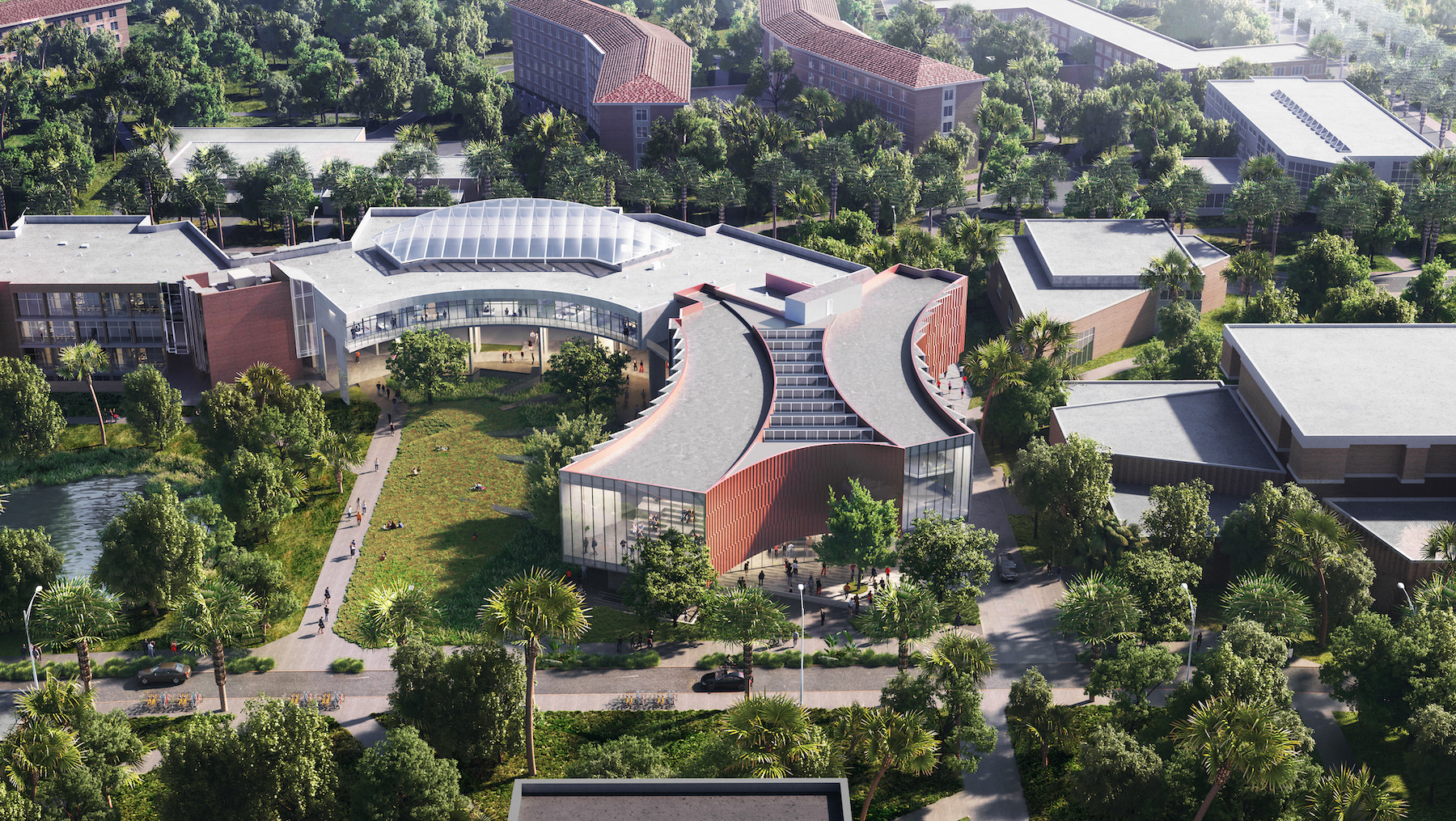Design firm Brooks + Scarpa recently broke ground on a new addition to the University of Florida’s School of Design, Construction, and Planning (DCP). The $32 million Bruno E. and Maritza F. Ramos Collaboratory Building will add almost 50,000 square feet to the existing DCP building, which also will be renovated.
“This innovative facility is critical to the future of DCP and will strengthen collaborative working across all the built environment disciplines in the College,” Chimay Anumba, DCP dean, said in a statement.
The design aims to encourage the free exchange of ideas among faculty and students as they “undertake high-impact research that shapes the world we live in by addressing critical societal challenges,” according to the statement. Based in Los Angeles and Fort Lauderdale, Fla., Brooks + Scarpa received the 2022 American Institute of Architects (AIA) Gold Medal.
The new Collaboratory building will include reconfigurable, multifunctional spaces and research hubs to promote collaboration among students, faculty, and staff. A digital modeling and fabrication space will allow large groups of students to work together on digital models, simulations, and 3D printing in purpose-designed facilities.
The building also will include large-scale facilities for geospatial modeling and simulation, as well as a virtual reality lab. In addition to seminar rooms, a multipurpose hall will accommodate lecture audiences of 150 to 200.
Skylights will provide daylight to the ground level throughout the building, and photovoltaics will provide energy for the building services.
The building is expected to be completed in early 2025.
On the Building Team:
Owner: University of Florida
Design architect: Brooks + Scarpa
Associate architect: KMF
MEP/structural engineers: TLC
Landscaping: Brooks + Scarpa with CHG
General contractor: Stellar
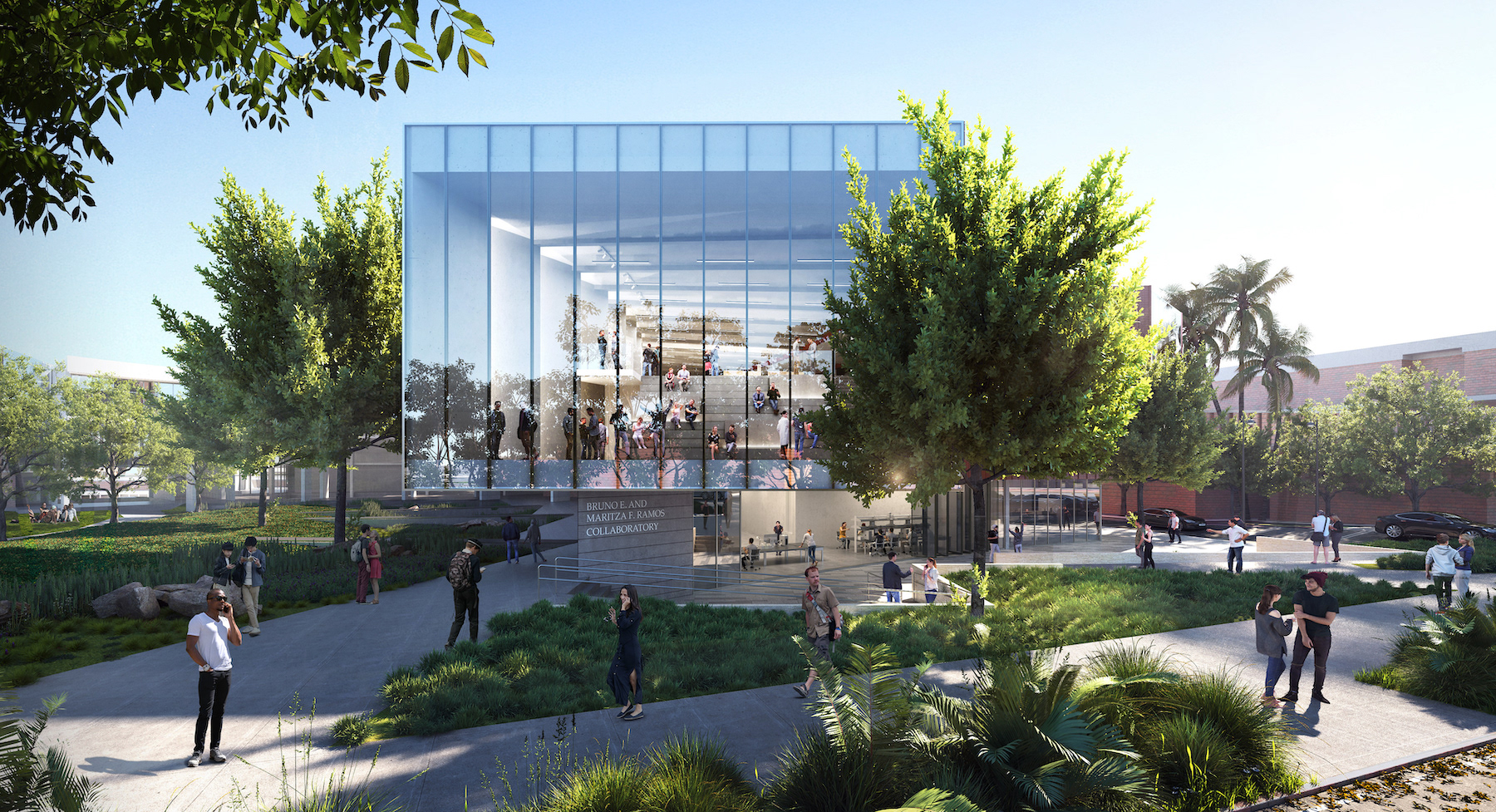
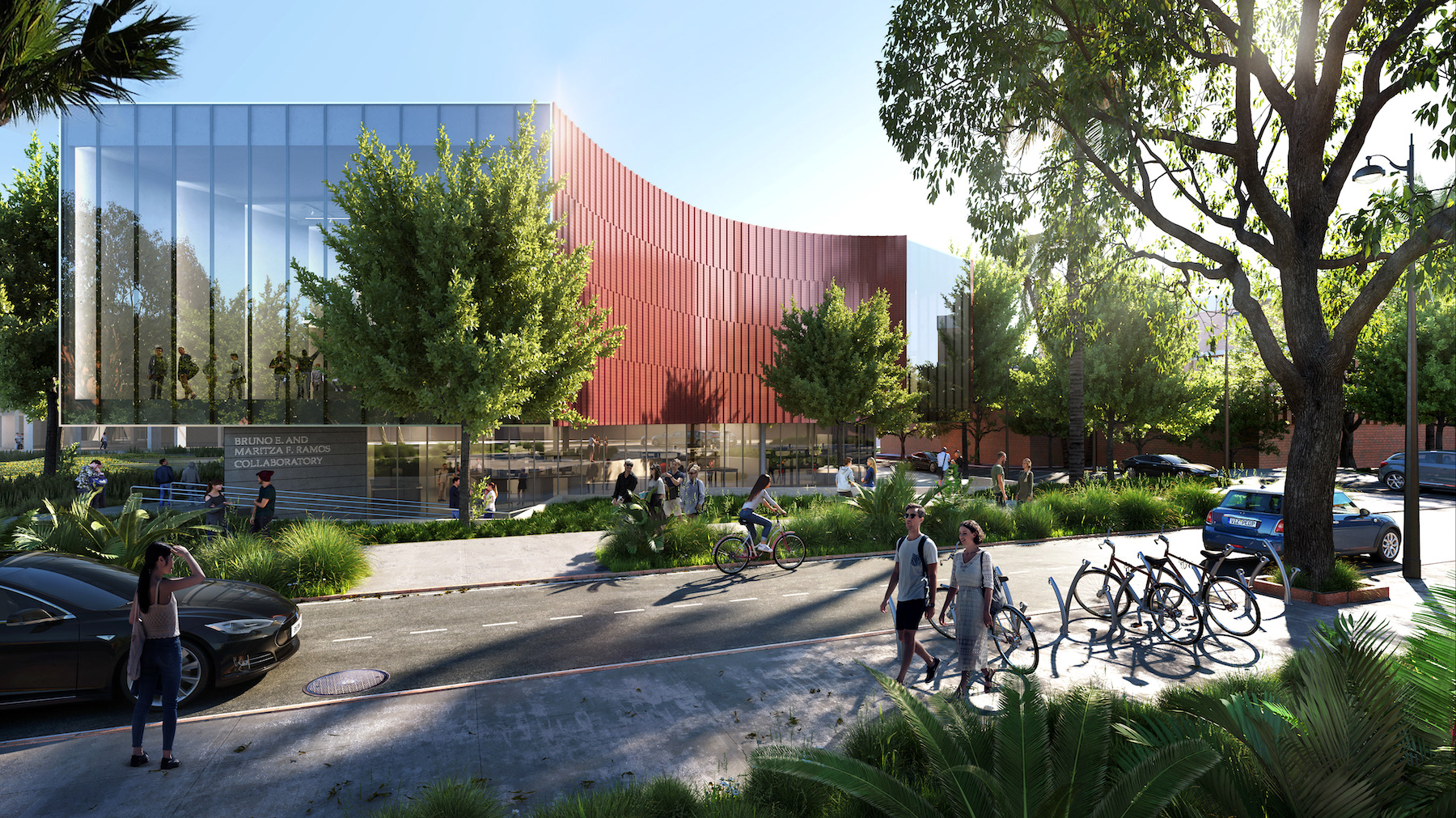
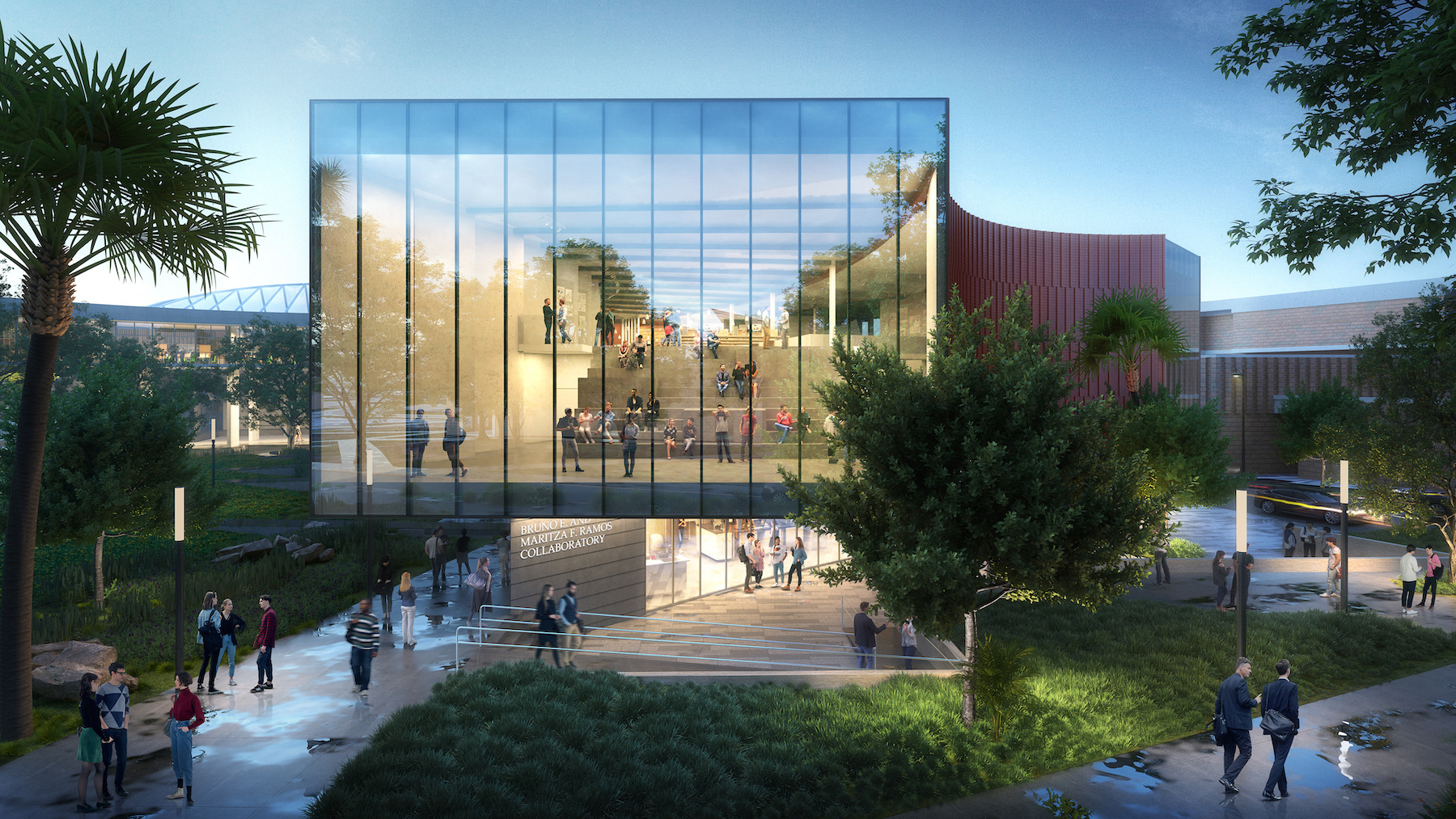
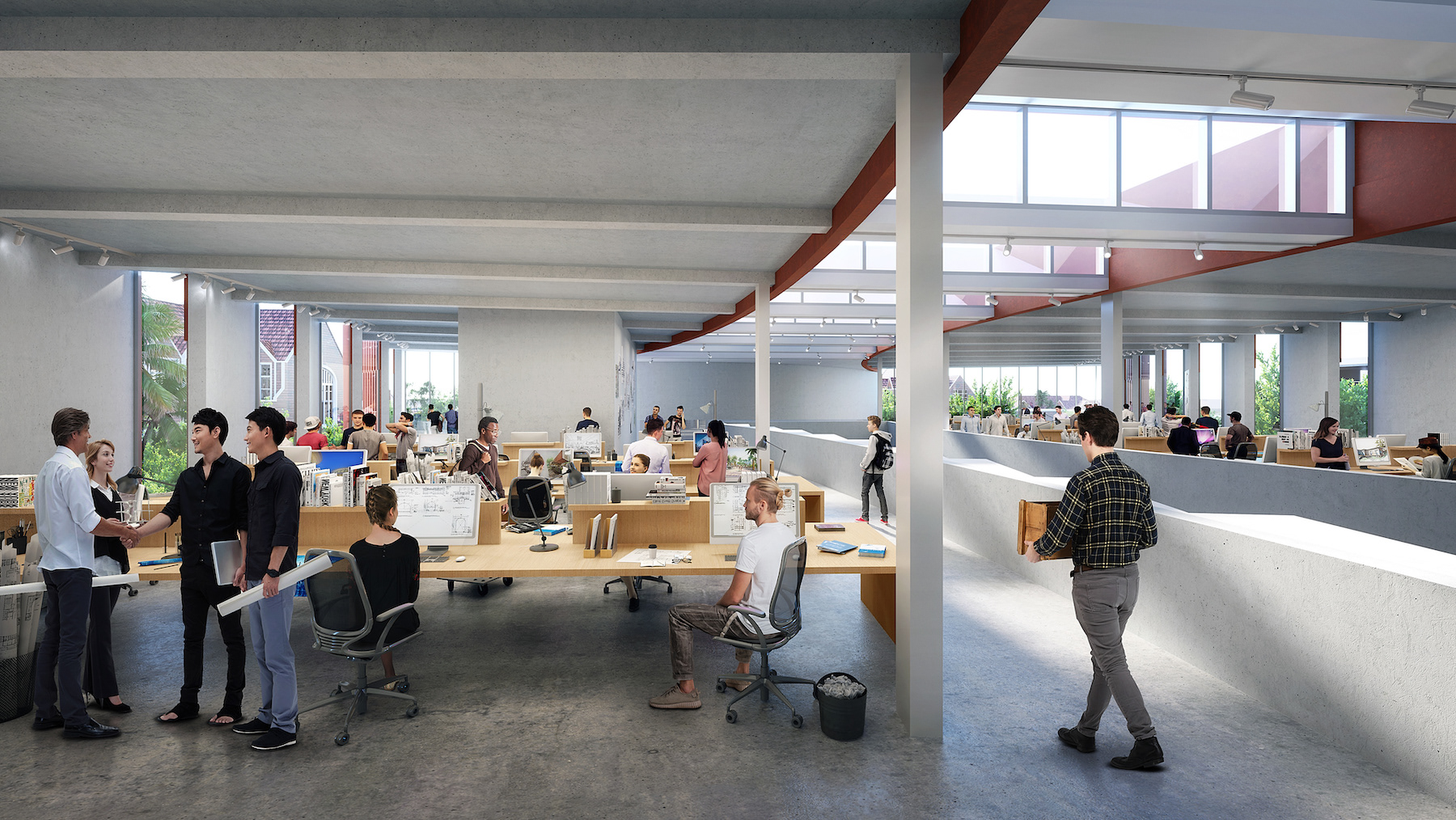
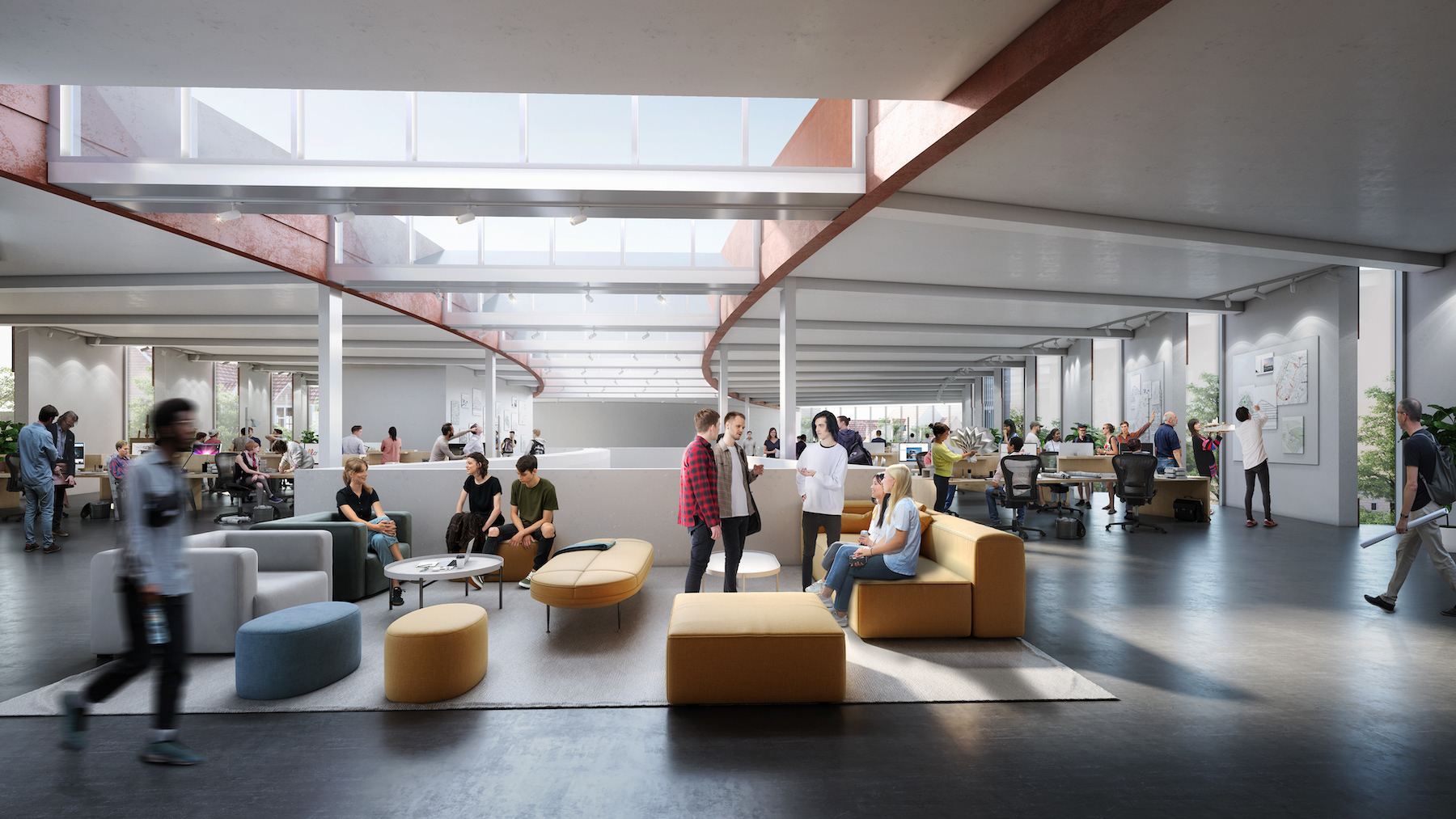
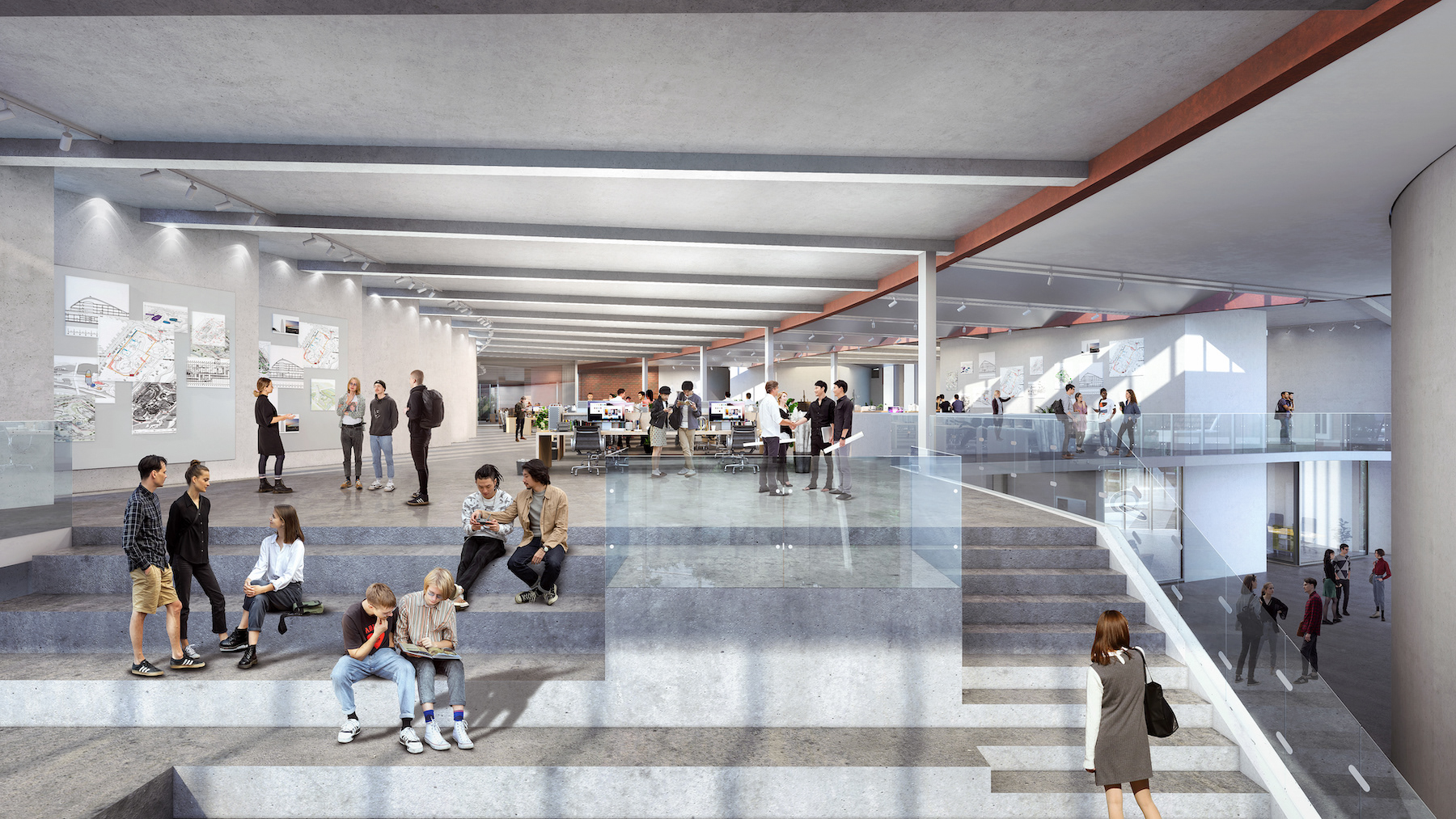
Related Stories
Mass Timber | May 1, 2023
SOM designs mass timber climate solutions center on Governors Island, anchored by Stony Brook University
Governors Island in New York Harbor will be home to a new climate-solutions center called The New York Climate Exchange. Designed by Skidmore, Owings & Merrill (SOM), The Exchange will develop and deploy solutions to the global climate crisis while also acting as a regional hub for the green economy. New York’s Stony Brook University will serve as the center’s anchor institution.
University Buildings | Apr 24, 2023
Solving complicated research questions in interdisciplinary facilities
University and life science project owners should consider the value of more collaborative building methods, close collaboration with end users, and the benefits of partners who can leverage sector-specific knowledge to their advantage.
Green | Apr 21, 2023
Top 10 green building projects for 2023
The Harvard University Science and Engineering Complex in Boston and the Westwood Hills Nature Center in St. Louis are among the AIA COTE Top Ten Awards honorees for 2023.
Higher Education | Apr 13, 2023
Higher education construction costs for 2023
Fresh data from Gordian breaks down the average cost per square foot for a two-story college classroom building across 10 U.S. cities.
Market Data | Apr 11, 2023
Construction crane count reaches all-time high in Q1 2023
Toronto, Seattle, Los Angeles, and Denver top the list of U.S/Canadian cities with the greatest number of fixed cranes on construction sites, according to Rider Levett Bucknall's RLB Crane Index for North America for Q1 2023.
University Buildings | Apr 11, 2023
Supersizing higher education: Tracking the rise of mega buildings on university campuses
Mega buildings on higher education campuses aren’t unusual. But what has been different lately is the sheer number of supersized projects that have been in the works over the last 12–15 months.
Contractors | Apr 10, 2023
What makes prefabrication work? Factors every construction project should consider
There are many factors requiring careful consideration when determining whether a project is a good fit for prefabrication. JE Dunn’s Brian Burkett breaks down the most important considerations.
Smart Buildings | Apr 7, 2023
Carnegie Mellon University's research on advanced building sensors provokes heated controversy
A research project to test next-generation building sensors at Carnegie Mellon University provoked intense debate over the privacy implications of widespread deployment of the devices in a new 90,000-sf building. The light-switch-size devices, capable of measuring 12 types of data including motion and sound, were mounted in more than 300 locations throughout the building.
Architects | Apr 6, 2023
New tool from Perkins&Will will make public health data more accessible to designers and architects
Called PRECEDE, the dashboard is an open-source tool developed by Perkins&Will that draws on federal data to identify and assess community health priorities within the U.S. by location. The firm was recently awarded a $30,000 ASID Foundation Grant to enhance the tool.
Architects | Apr 6, 2023
Design for belonging: An introduction to inclusive design
The foundation of modern, formalized inclusive design can be traced back to the Americans with Disabilities Act (ADA) in 1990. The movement has developed beyond the simple rules outlined by ADA regulations resulting in features like mothers’ rooms, prayer rooms, and inclusive restrooms.


